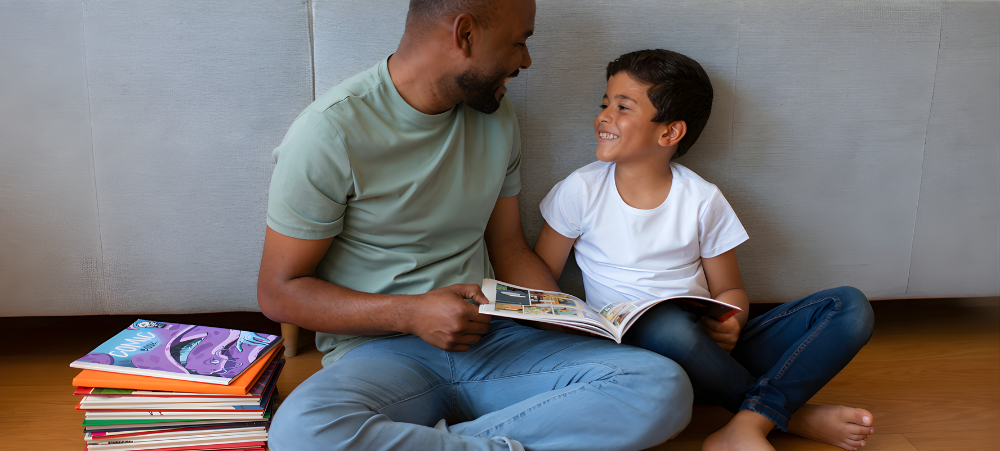Few parenting challenges test your patience quite like a toddler tantrum in full swing—whether it’s in the cereal aisle or right before bedtime. But beneath the tears, stomping feet, and dramatic collapses, there’s a message trying to be heard.
Understanding the why behind toddler tantrums can shift your mindset from frustration to compassion, and help you guide your little one through their stormy emotions.
Why Do Toddlers Have Tantrums?
Tantrums are a normal part of child development. They’re not a sign that you’re doing anything wrong—they’re a sign your child is learning how to navigate big emotions in a world they’re still trying to understand.
Common causes of tantrums include:
- Frustration from limited communication
At ages 1–3, toddlers know what they want but often can’t express it clearly. Cue the meltdown. - Overstimulation or fatigue
Too many people, bright lights, noise—or missing a nap—can easily tip a toddler over the edge. - Desire for independence
Toddlers want to do everything themselves, and a “no” from you can feel like a huge injustice. - Emotional overload
Toddlers don’t yet have the tools to manage intense feelings like anger, sadness, or disappointment.
What Your Toddler Might Be Trying to Say
While every child is different, here are some common tantrum “translations”:
💬 “I’m overwhelmed!”
💬 “I don’t feel heard.”
💬 “I’m tired or hungry.”
💬 “I want to do it myself!”
💬 “This is too much for me.”
Understanding these cues helps you respond with empathy—not just discipline.
How to Handle a Tantrum in the Moment
🧘♀️ Stay Calm (Even If They’re Not)
Your child’s brain is in fight-or-flight mode. Matching their intensity fuels the fire. Instead, be their calm anchor.
📦 Create a Safe Space
If possible, gently remove your child from the overstimulating environment.
👂 Validate Their Feelings
Say things like “I see you’re upset” or “It’s okay to be angry.” Feeling heard helps toddlers feel safe.
🕰️ Give Time to Regulate
Let them ride out the wave. Once they’re calm, then talk things through.
What to Do After the Tantrum
🧠 Name the Emotion
Help your child understand what they were feeling: “That was frustrating, huh?” This builds emotional intelligence.
🔄 Reflect Without Blame
“I saw you were upset when I said no. Let’s talk about what we can do next time.”
👣 Practice Problem-Solving
Offer choices next time: “You can’t have that toy now, but would you like to play with your blocks or read a book?”
Tips for Preventing Future Tantrums
- 🧃 Stick to routines – Predictability makes toddlers feel secure.
- 🥪 Avoid hangry episodes – Snacks are lifesavers.
- 🎨 Give choices – Even small decisions give toddlers a sense of control.
- ❤️ Praise positive behaviour – Reinforce good behaviour when you see it.
When to Seek Help
If tantrums become aggressive, frequent, or persist well past toddlerhood, speak to your paediatrician or a child psychologist. It’s always okay to ask for support.
Final Thought
Tantrums aren’t the enemy—they’re a form of communication. When we respond with patience and understanding, we help our toddlers feel seen, supported, and safe as they grow. 💛
Sources
- Zero to Three: Toddler Tantrums
- HealthyChildren.org: Temper Tantrums
- CDC: Understanding Child Development
We understand that there are many aspects that encompass a Mother, Father or Child and strive toward providing resources and services that accommodates this.
Our content is aimed to inform and educate families on issues starting from pregnancy through to the challenges of the teen-age years.
- Tips for Breastfeeding in Public: Confidence and Comfort - November 20, 2025
- Eskort launches Kiddos: South Africa’s first pork range made just for kids - November 13, 2025
- Putting the Power of Learning in Learners’ Hands During Global Education Week - November 12, 2025





